Which of the following combination of orbitals is correct



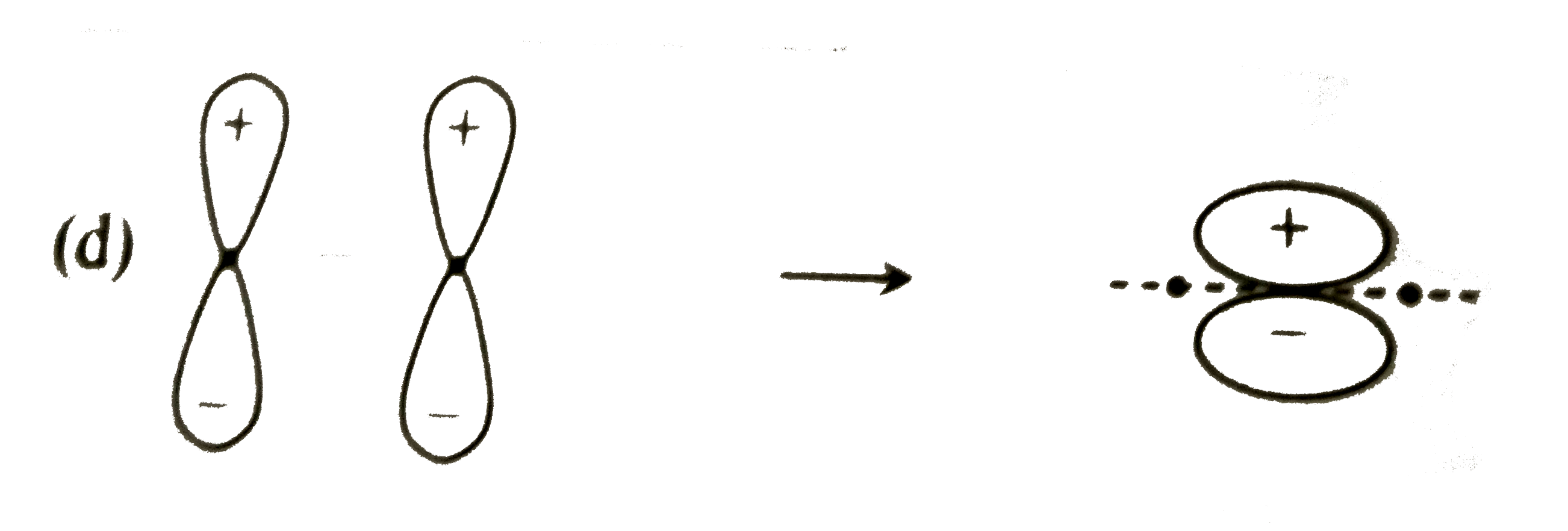
The correct Answer is:C
It is a correct combination
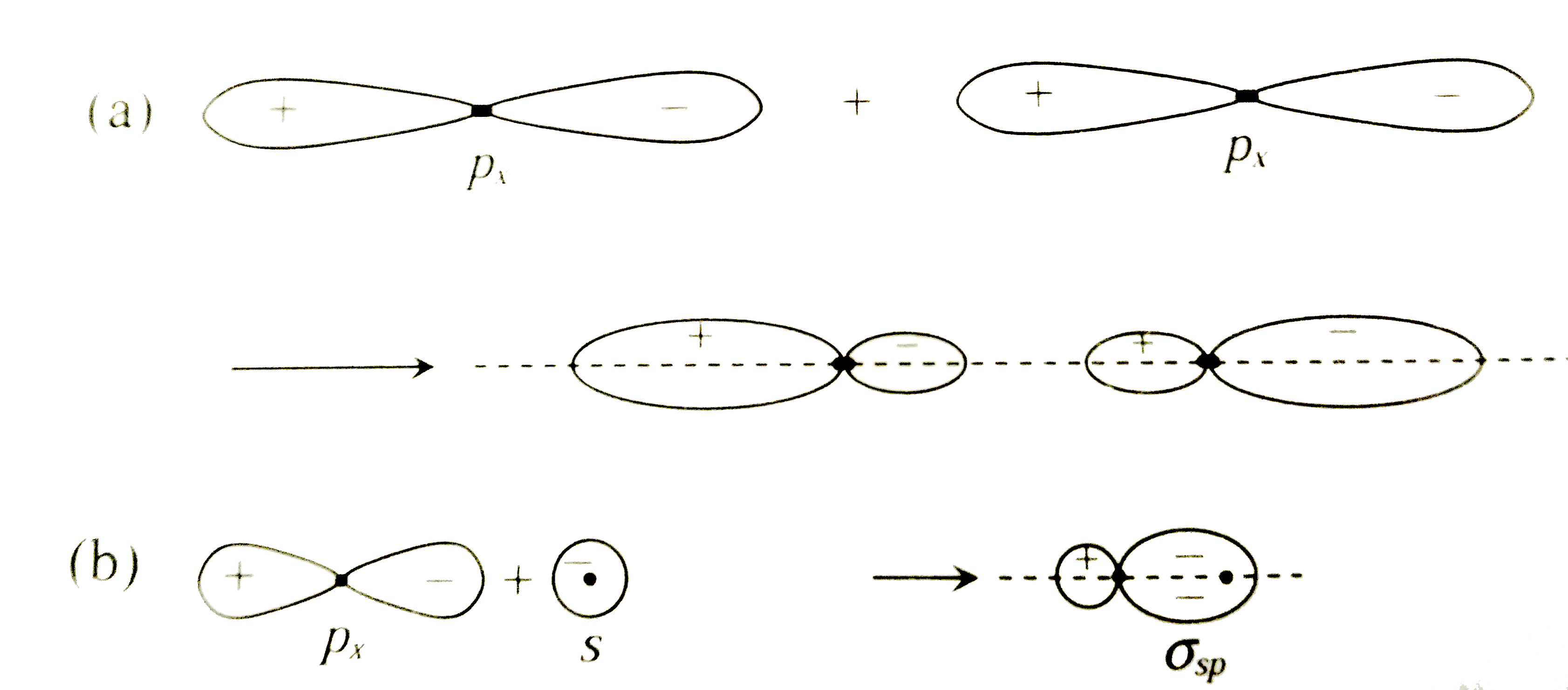
Topper's Solved these Questions
- CHEMICAL BONDING BOOK - ERRORLESS CHAPTER - CHEMICAL BONDING EXERCISE - JEE Section (Integer type question)
8 Videos
- CHEMICAL BONDING BOOK - ERRORLESS CHAPTER - CHEMICAL BONDING EXERCISE - JEE Section (Matrix match type question)
4 Videos
- CHEMICAL BONDING BOOK - ERRORLESS CHAPTER - CHEMICAL BONDING EXERCISE - JEE Section (Reasoning type question)
4 Videos
- CARBOXYLIC ACID AND THEIR DERIVATIVESBOOK - ERRORLESS CHAPTER - CARBOXYLIC ACID AND THEIR DERIVATIVESEXERCISE - Jee Section (Matrix Match type Questions)
2 Videos
- CHEMICAL EQULIBRIUMBOOK - ERRORLESS CHAPTER - CHEMICAL EQULIBRIUMEXERCISE - JS JEE SECTION (ONLY ONE CHOICE ANSWER (Matrix)
1 Videos
Similar Questions
According to MOT, two atomic orbitals overlap resulting in the formation of molecular orbital formed. Number of atomic orbitals overlapping together is equal to the molecule orbital formed. The two atomic orbital thus formed by LCAO (linear combination of atomic orbital) in the phase or in the different phase are known as bonding and antibonding molecular orbitals respectively. The energy of bonding molecular orbital is lower than that of the pure atomic orbitals by an amount Δ. This known as the stabilization energy. The enerby of antibonding molecular orbital in increased by Δ' (destabilisation energy).
Q. which of the following combination of orbitals is corrects?
View SolutionAccording to MOT, two atomic orbitals overlap resulting in the formation of molecular orbital formed. Number of atomic orbitals overlapping together is equal to the molecule orbital formed. The two atomic orbital thus formed by LCAO (linear combination of atomic orbital) in the phase or in the different phase are known as bonding and antibonding molecular orbitals respectively. The energy of bonding molecular orbital is lower than that of the pure atomic orbitals by an amount Δ. This known as the stabilization energy. The enerby of antibonding molecular orbital in increased by Δ' (destabilisation energy).
Q. which of the following combination of orbitals is corrects?
View Solution
Knowledge Check
According to MOT, two atomic orbitals overlap resulting in the formation of molecular orbital formed. Number of atomic orbitals overlapping together is equal to the molecule orbital formed. The two atomic orbital thus formed by LCAO (linear combination of atomic orbital) in the phase or in the different phase are known as bonding and antibonding molecular orbitals respectively. The energy of bonding molecular orbital is lower than that of the pure atomic orbitals by an amount Δ. This known as the stabilization energy. The enerby of antibonding molecular orbital in increased by Δ' (destabilisation energy).
Q. which of the following combination of orbitals is corrects?A B
B C
C D
D
According to MOT, two atomic orbitals overlap resulting in the formation of molecular orbital formed. Number of atomic orbitals overlapping together is equal to the molecule orbital formed. The two atomic orbital thus formed by LCAO (linear combination of atomic orbital) in the phase or in the different phase are known as bonding and antibonding molecular orbitals respectively. The energy of bonding molecular orbital is lower than that of the pure atomic orbitals by an amount Δ. This known as the stabilization energy. The enerby of antibonding molecular orbital in increased by Δ' (destabilisation energy).
Q. which of the following combination of orbitals is corrects?A B
B C
C D
D
Which of the following combination of orbitals will form a nonbonding molecular orbital ?
A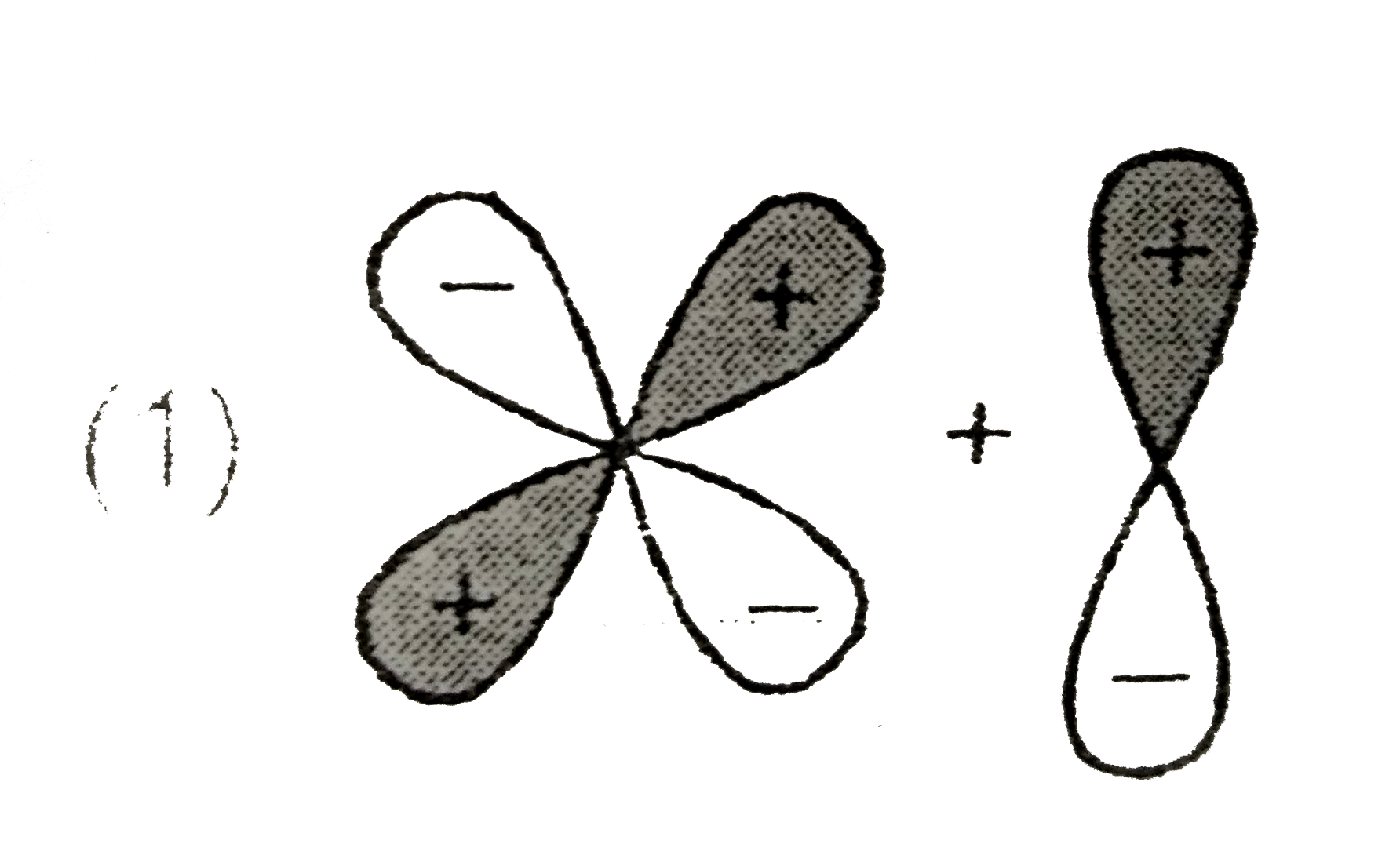 B
B C
C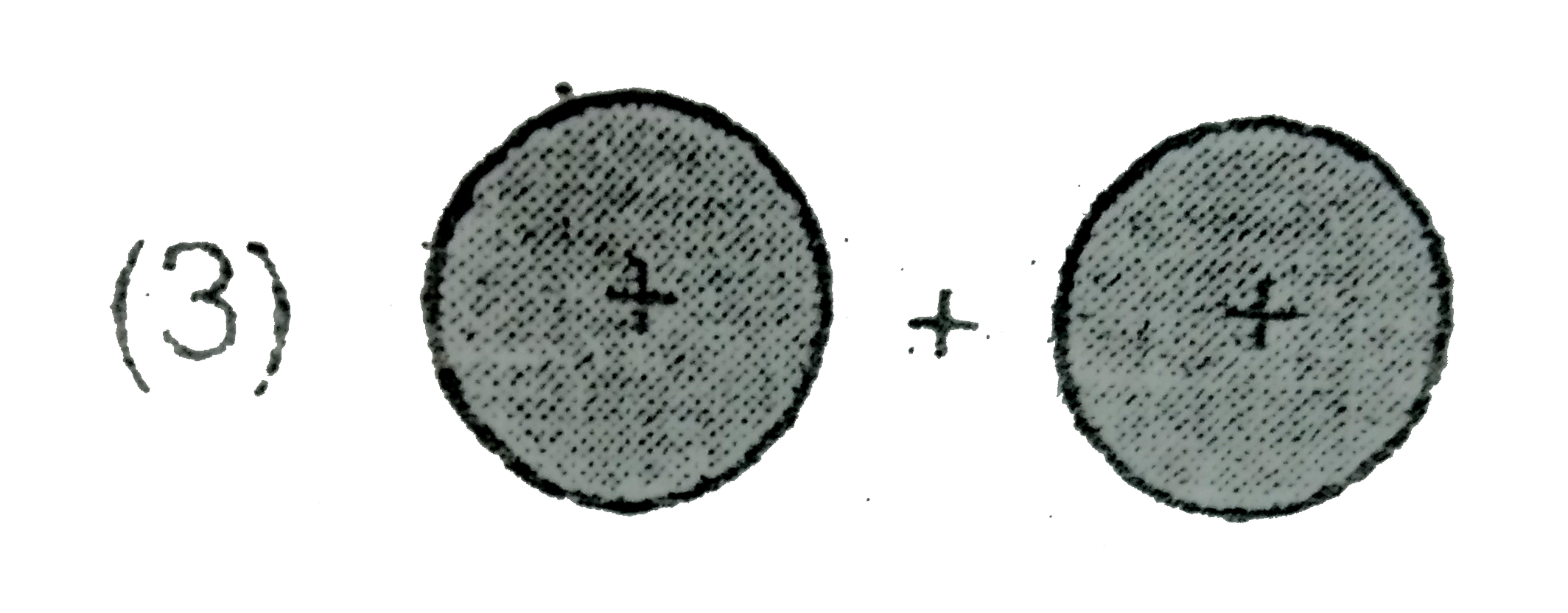 D
D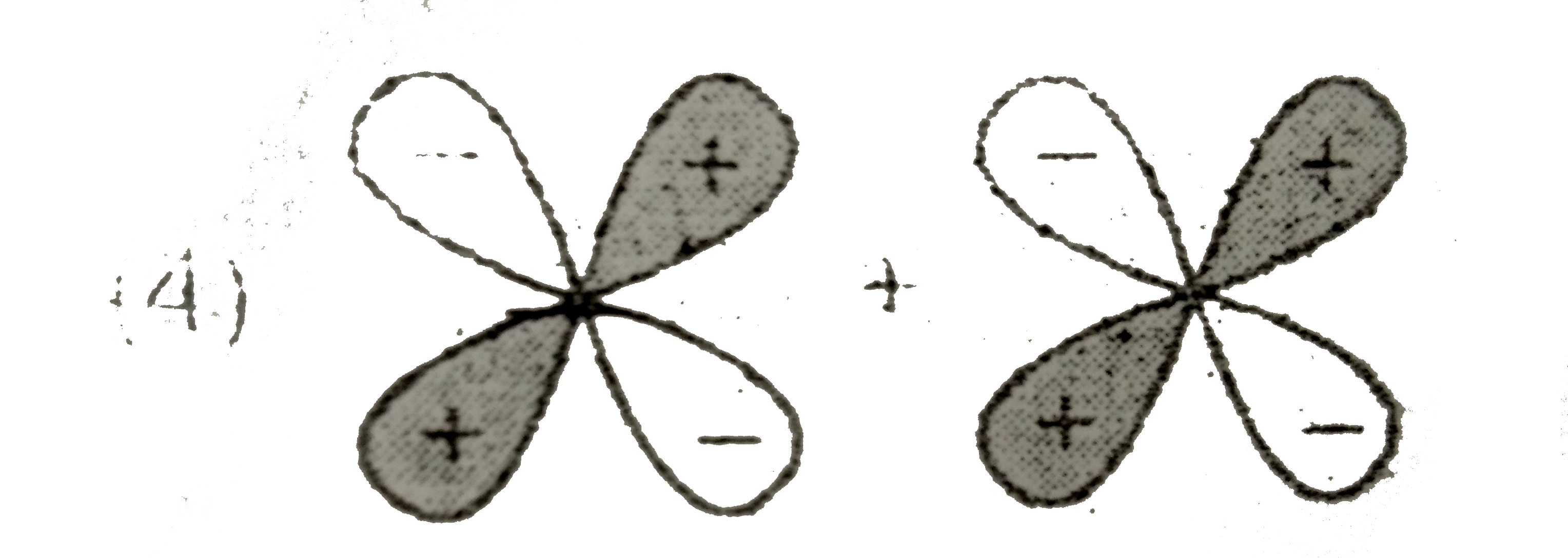
Which of the following combination of orbitals will form a nonbonding molecular orbital ?
View SolutionMolecular axis is Z axis , then which of the following combination of orbitals will result in formation of σ molecular orbitals ?
View SolutionMolecular axis is Z axis , then which of the following combination of orbitals will result in formation of σ molecular orbitals ?
View Solution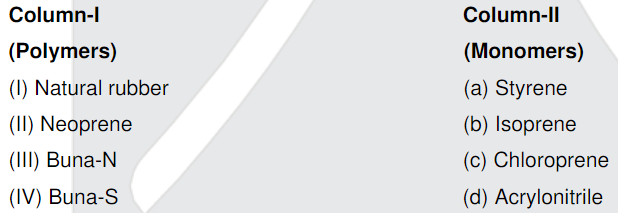
Which of the following combination is correct:
View Solution
Which of the following combination is correct:
View Solution
